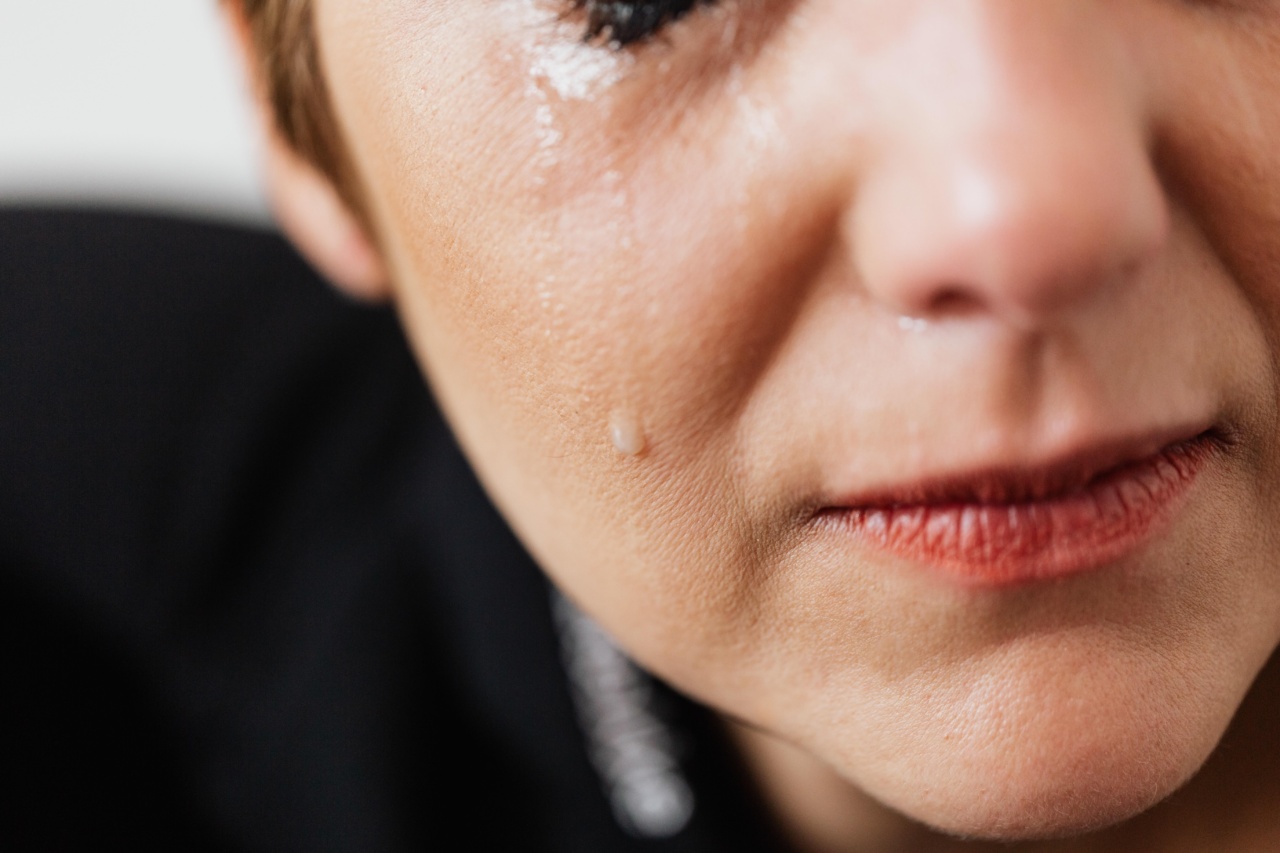Chronic pain and depression are two conditions that can have a significant impact on an individual’s quality of life. Often, these conditions occur together, compounding the challenges faced by those who experience them.
While traditional treatments such as medication and therapy can be effective, alternative solutions can also provide relief and support for individuals living with chronic pain and depression. This article will explore various alternative approaches that have shown promise in managing these conditions.
1. Acupuncture
Acupuncture is an ancient Chinese practice that involves stimulating specific points on the body using thin needles. This technique aims to restore the balance of energy flow, known as qi.
For individuals with chronic pain and depression, acupuncture has shown promising results in providing pain relief and improving mood. Research suggests that acupuncture may help by stimulating the release of endorphins, which are the body’s natural pain relievers, and promoting a sense of relaxation and well-being.
2. Mindfulness meditation
Mindfulness meditation is a practice that involves paying attention to the present moment without judgment.
This technique can help individuals with chronic pain and depression by reducing stress levels and promoting a greater sense of calm and acceptance. Research has shown that mindfulness meditation can effectively reduce pain intensity and improve overall psychological well-being.
Additionally, it may enhance the effectiveness of other treatments, such as cognitive-behavioral therapy, in managing depression.
3. Yoga
Yoga is a mind-body practice that combines physical postures, breathing exercises, and meditation. Regular practice of yoga has been found to reduce pain and improve mood in individuals with chronic pain and depression.
Yoga promotes strength, flexibility, and relaxation, which can help alleviate physical discomfort and reduce stress levels. Moreover, the mindful aspect of yoga encourages individuals to be present in their bodies and cultivate a positive mindset, contributing to improved mental well-being.
4. Herbal supplements and natural remedies
For individuals seeking alternative solutions, herbal supplements and natural remedies can offer support in managing chronic pain and depression. Some herbs, such as St. John’s wort, have been found to be beneficial for mild to moderate depression.
However, it is crucial to consult with a healthcare professional before starting any herbal supplement to ensure they do not interact with medications or exacerbate existing conditions.
5. Light therapy
Light therapy, also known as phototherapy, involves the use of bright lights to mimic natural sunlight.
This form of therapy is particularly effective for individuals experiencing seasonal affective disorder (SAD), a type of depression that typically occurs during the winter months when daylight is limited. By exposing individuals to bright light, typically through a lightbox, light therapy can regulate circadian rhythms and boost mood. It has also shown promise in managing chronic pain, particularly conditions influenced by inflammation.
6. Exercise and physical activity
Engaging in regular exercise and physical activity can be highly beneficial for individuals with chronic pain and depression. Physical activity stimulates the release of endorphins, which can help alleviate pain and elevate mood.
Exercise also promotes better sleep, increases energy levels, and reduces stress and anxiety. Various forms of exercise, such as swimming, walking, and low-impact aerobic workouts, can be adapted to accommodate different levels of fitness and physical abilities.
7. Cognitive-behavioral therapy (CBT)
Cognitive-behavioral therapy (CBT) is a widely recognized and effective treatment for depression and chronic pain. This form of therapy focuses on identifying and modifying negative thoughts and behaviors that contribute to pain and depression.
Through CBT, individuals can learn coping strategies, relaxation techniques, and ways to reframe their thinking, leading to improved pain management and a more positive outlook on life.
8. Massage therapy
Massage therapy is a hands-on approach that involves manipulating the body’s soft tissues to promote relaxation, relieve muscle tension, and reduce pain.
For individuals with chronic pain and depression, regular massage sessions can provide much-needed relief and also enhance overall well-being. Massage has been shown to increase the production of endorphins, reduce stress hormones, and improve sleep quality.
9. Art and music therapy
Art therapy and music therapy are creative approaches that can help individuals express emotions, reduce stress, and improve mood.
Engaging in art activities, such as painting, sculpting, or drawing, allows individuals to explore their feelings and experiences in a non-verbal manner. Similarly, music therapy involves listening to or creating music as a way to promote emotional well-being. These therapies provide outlets for self-expression and can serve as valuable tools in managing chronic pain and depression.
10. Social support and counseling
Building a support network and seeking counseling can be crucial for individuals experiencing chronic pain and depression. Having people who understand and empathize with their struggles can provide a sense of validation and belonging.
Support groups, friends, and family members can offer emotional support, practical assistance, and a space for sharing experiences. Professional counseling, such as individual therapy or group therapy, can also be instrumental in developing coping strategies and fostering resilience.































